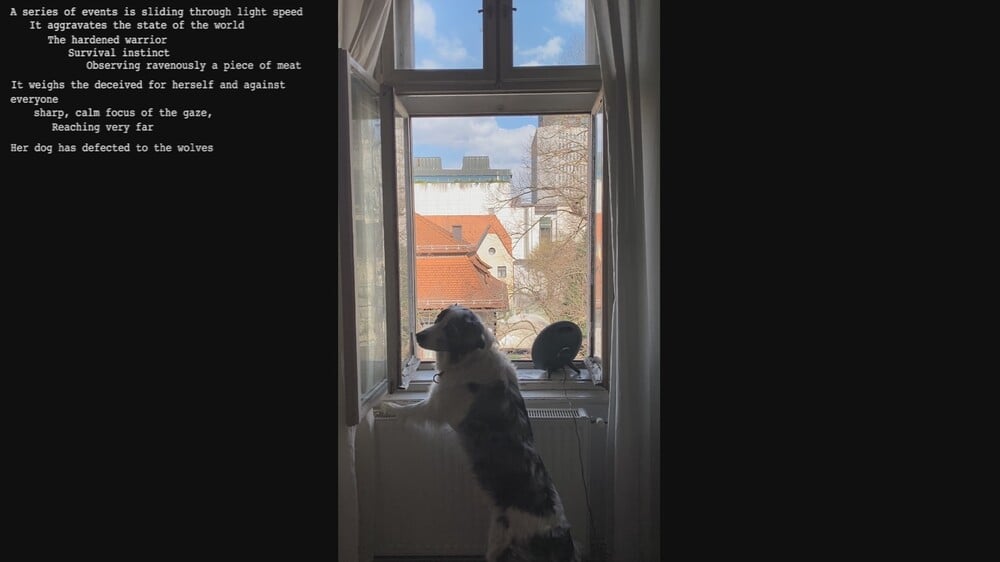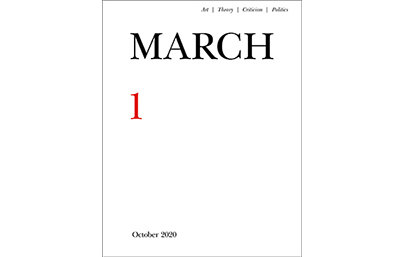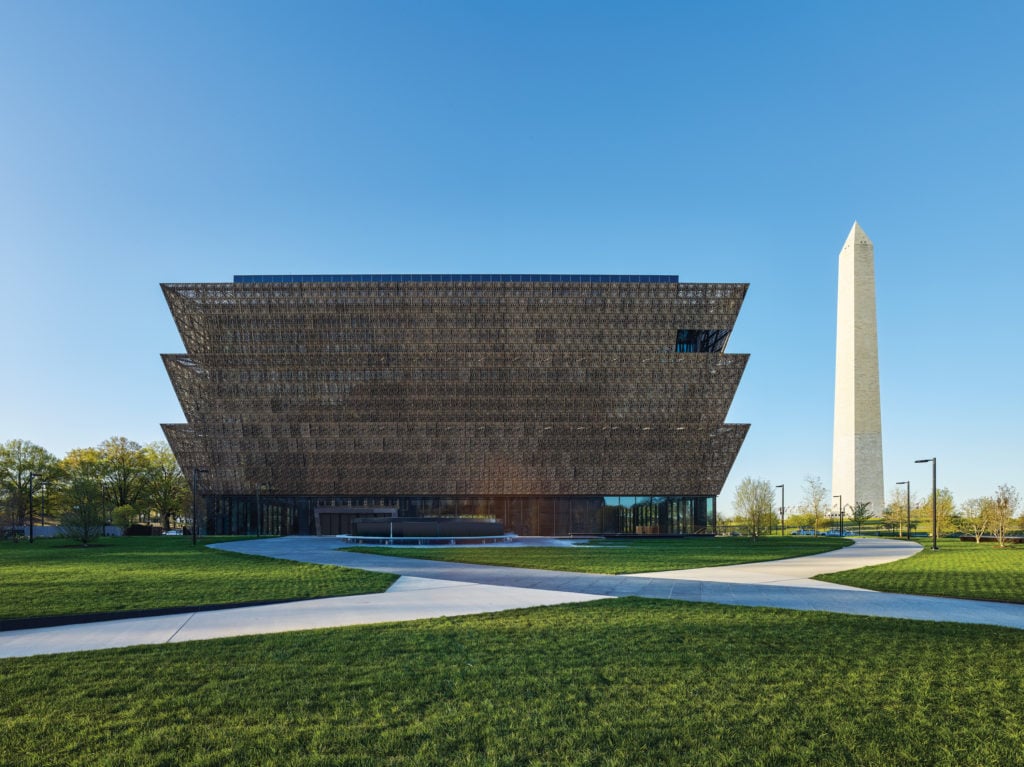Opinion
Why Most Quarantine Art Is Just ‘Empty Heroics’ + Two Other Illuminating Reads From Around the Web
A weekly round-up of interesting readings from around the art web.

A weekly round-up of interesting readings from around the art web.

Ben Davis

Each week, countless articles, think pieces, columns, op-eds, features, and manifestos are published online—and not a few of them cast new light on the world of art. I pick out a few each week that might inspire some larger discussion.
The director of the Institute for Art in Context at Berlin’s University of the Arts issues a withering critical assessment of the cultural response to the coronavirus crisis so far.
Heiser is talking about the “Artists in Quarantine” project from a bunch of European museums, sponsoring “modest” balcony-based art performances that are meant to be shared via social media to spark “conversation about the effects of the current pandemic.” These Heiser considers pretty thin.
But he also takes the moment to damn a variety of cultural figures, including the philosopher Giorgio Agamben, whose (widely condemned) reaction to Italy’s lockdown was to describe the measures as expressions of authoritarian “governmentality,” and so to undermine the public health message about the need for widespread self-isolation.
The link between these very different types of response—one sentimentally affirming the need to isolate, the other a rejection of it—may not be obvious. For Heiser, the connecting thread is that both fall back on a cliché of the intellectual as society’s truth-teller rather than asking how the new situation challenges how they operate:
All of these examples beg the question of why artists and intellectuals pay lip-service to social causes or, worse, promote stale concepts of the free-spirited intellectual who heroically dissents from the petit-bourgeois majority and their lemming-like submission to in-the-closet Hitlers. The answer is simple: because not doing so would require them to admit to themselves and others an unsettling sense of existential insecurity. That is hard to do, so the typical panic reaction has been to rehash preconceived notions to fit new circumstances.
The “existential insecurity” in question, in case it’s not clear, is not the very literal existential fear of COVID-19. It’s the sense that a crisis so widespread and urgent makes contemporary art or cultural theory feel small, possibly irrelevant in the face of more pressing emergencies.
Even before the crisis, so much of the sense of staticky emptiness around contemporary art or art writing could be traced to the fact that, in the vast majority of cases, the ultimate underlying raison d’etre was not that something had to exist, as the expression of some deep underlying system of belief or passion. Instead its deep motivation was just that new product, new programming, new content had to be produced to justify a space, day in day out, to stay ahead because that’s what the logic of the whole rickety system demands. You get a lot of hot air to keep a broken balloon from deflating—and the quantity of hot air is a direct expression to how little room there is to pause without crashing.
In so many even more tragic ways, the COVID crisis serves to both make visible and inflame problems that were already festering. What Heiser diagnoses as “empty heroics” seem another illustration of that same larger pattern.

Cover for March, October 2020.
McAnally formerly was one of the publishers of the socially engaged St. Louis-based Temporary Art Review. He and collaborator Sarrita Hunn are returning to launch the new “journal of art and strategy” March, a title which, among other things, is meant to frame it as a sequel to venerable theory magazine October (the first issue “occupies” both the crisp red-white-and-black design and claims to reanimate the original mission of October).
In “Art After the Future,” McAnally and Andrea Steves (an artist and one of the founders of the Museum of Capitalism) issue a kind of manifesto that doubles as an attempt to size up this crisis moment in art. It actually shares something with Haider’s diagnosis, condemning how the “moving assembly line of deadlines and mechanics of alienated hyper-productivity are at odds with pause, silence—or illness.” All the frantic motion forestalls the unsettling work of thinking through the implications of the break that the present represents:
As we take a step (and then the next), as we allocate our time, attention, stimulus checks, ourselves to the tasks on their way we must also ask: What forms of slowness or non-functioning should we preserve from this time? What do we learn from our own sudden emptiness? Inertness? Alertness to our limits? What institutions are worth supporting? What practices are worth preserving? What work is worth making?

The National Museum of African American History and Culture. Courtesy Smithsonian Institution, National Museum of African American History and Culture Architectural Photography.
Two critic-scholars parse the stories told about black history via images, objects, art, and architecture at the National Museum of African American History in Washington, DC and Culture and the Equal Justice Initiative Museum and Memorial in Montgomery, Alabama. It’s a long, thorough, and thoughtful accounting, worth reading all the way through for how carefully they balance pointing out the importance of little details with a powerful sense for what is left out.
I wouldn’t try to sum up every interesting point here, but a comment by Majeed about halfway through serves as an overall statement of purpose:
[T]he one thing I wouldn’t want to do is devise a new set of standards for histories that have been marginalized. I want the same rigor, otherwise with such exceptionalism there is a risk of it remaining marginal and becoming trite. That’s not to say that there shouldn’t be alternative sets of questions.